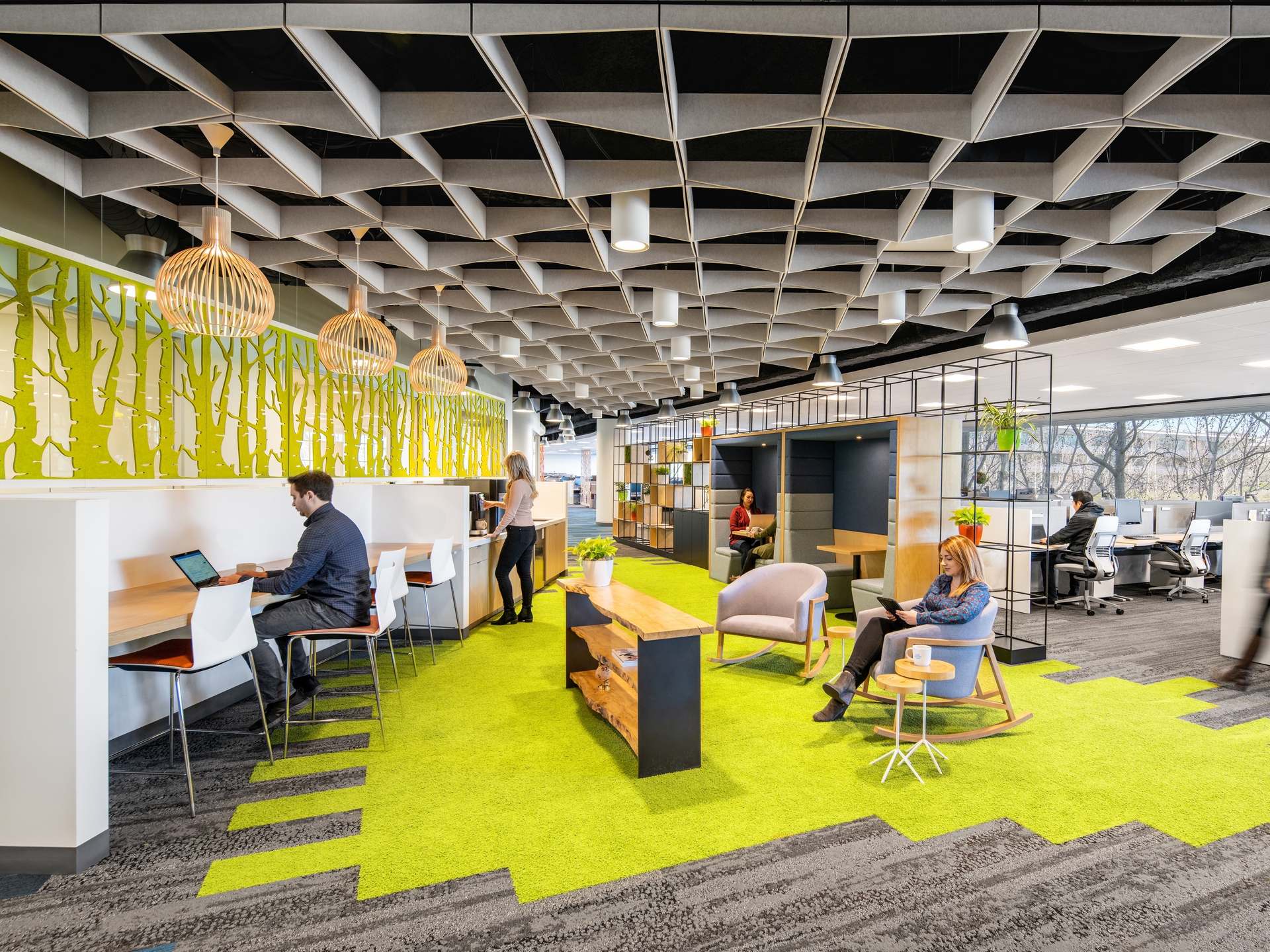
What’s Motivating People in the Face of The ‘Great Resignation’?
The ‘Great Resignation’ is a phenomenon that describes record numbers of people leaving their jobs, specifically after the COVID-19 pandemic; an issue felt across the globe. As a result, companies are now having to re-evaluate and redesign the procedures, policies and benefits they have in place that allow them to retain and attract top talent.
Although certain industries such as healthcare, technology, education and marketing are seeing some of the highest resignation rates, the collective social shift means that the impact of ‘The Great Resignation’ is a consistent pattern across all industries and retaining talent and attracting talent will be the business world’s single greatest challenge over 2022. In this article, we’ll look at what it means, how businesses can overcome this and why a motivating workspace could just be a company’s best weapon in the war for talent.

The Great Resignation is an idea originally proposed in 2020 by Professor Anthony Klotz of Texas A&M University, who researches the ways in which employees leave companies and how leaders respond to and manage resignations.
Also known as the “Big Quit”, this term describes the mass exodus of people from companies, quitting jobs for reasons associated with the pandemic. This comes from a variety of personal and professional motivations, but at its core is a newfound readiness to embrace flexible working and achieve a healthier work-life balance.
Anthony himself was surprised to see the scale on which his predictions came to fruition, with 47.4 million jobs in the US left voluntarily last year, as reported by CNN, and in the UK, as reported by the Evening Standard, resignation rates are at their highest level since 2009.
One of the many reasons for this trend is due in part to the globalization of the workforce which means that employees have more options than ever after experiencing remote working during the pandemic. Now, best practices that were once considered a benefit when joining a new company (work from home, early finishes, part-time hours for parents etc.) are a pre-requisite for many jobseekers.
Klotz expects ‘The Great Resignation’ to continue for the next 2-3 years, as turnover is contagious and there is a renewed confidence in the job market post-COVID, where security was paramount.
In short; The Great Resignation is sure to be a defining point in time for many businesses and the way they decide to address it will decide their future. Their biggest challenge; how to be competitive as an employer.

The most important way to understand how businesses can retain and attract employees best is to first, listen. A study from McKinsey looking at the Great Resignation supported the notion that there is a clear disconnect, with employers, who are often misunderstanding the real reasons their people are leaving.
“ For example, when employers were asked why their people had quit, they cited compensation, work–life balance, and poor physical and emotional health.
These issues did matter to employees—just not as much as employers thought they did. By contrast, the top three factors employees cited as reasons for quitting were that they didn’t feel valued by their organizations (54 per cent) or their managers (52 per cent) or because they didn’t feel a sense of belonging at work (51 per cent).

Notably, employees who classified themselves as non-White or multiracial were more likely than their White counterparts to say they had left because they didn’t feel they belonged at their companies.”
Therefore, one of the most effective ways that businesses can ensure they’re retaining top talent is by fostering an environment of openness and communication, encouraging feedback and asking their employees what changes they’d like to see within the company.
This means there’s an increased need for businesses to treat their employees like customers, which is something we wrote about in our 2022 Top Trends article. When it comes to retaining talent, it means businesses need to build a culture that aligns with their employee’s personal values; many of which have been tested and renewed during the pandemic and the many social issues raised in its duration. A culture of diversity and inclusion, sustainability and positive representation are key to attracting top talent and businesses must not shy away from communicating their brand ethos, values and commitments on these issues clearly.
Many of these ways to retain top talent require in-person connectivity. By bringing employees together, a greater sense of community, collaboration and recognition is felt. Workspace design, then, can contribute greatly in the fierce war for talent.
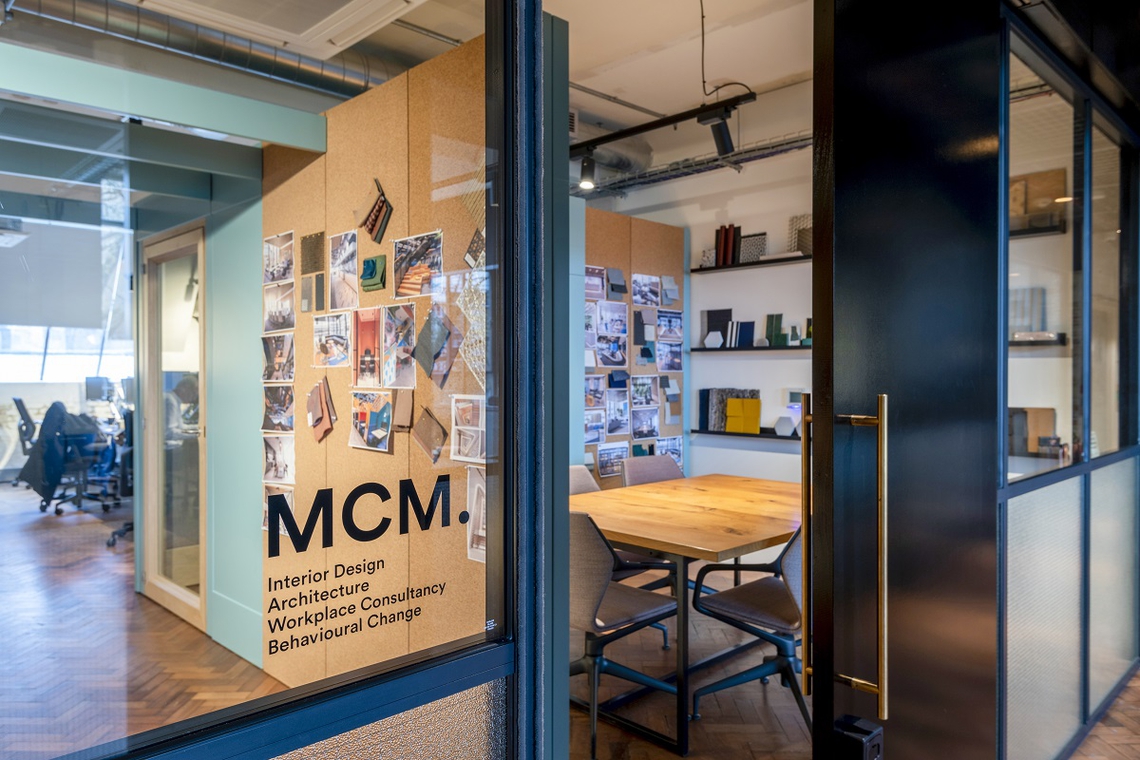
When considering your workforce’s needs, wants and aspirations it is key to consider workplace design. With so many employees wanting a new, innovative environment, providing a workspace that enriches the employee experience is one sure-fire way of attracting talent from the market while engaging current employees by taking their ideas on board and thus, retaining talent.
Our project with leading architecture firm, MCM showed this in action, with MCM clearly setting out to use engagement psychology to better connect with their workforce and gain a deeper understanding of the needs of their people. Spacestor worked with MCM to trial various workspace solutions and see which worked best for them. Focusing on flexibility, the new pilot space allowed experimentation with new ways of working; a fantastic example of putting people first and the reinforced need for big decisions to come from a community level, not mandated from a corporate level, gaining buy-in from employees in the process.
We also know that autonomy and flexibility has a great impact on employees. For most people, this means a hybrid work pattern that allows them to pick their working schedule. A motivating workspace will allow for this entirely by offering great design choice. By allowing potential and current employees a completely bespoke work experience, where they can change their routine and environment to match their mood and tasks.

When it comes to motivating people in the face of ‘The Great Resignation’, the most important thing is that businesses need to put people first. By engaging employees, asking them what changes they’d like to see, communicating more about their company culture and using a motivating workspace design to offer choice, companies can show they are future-facing, have their finger on the pulse and truly want to offer the best solution for their employees.

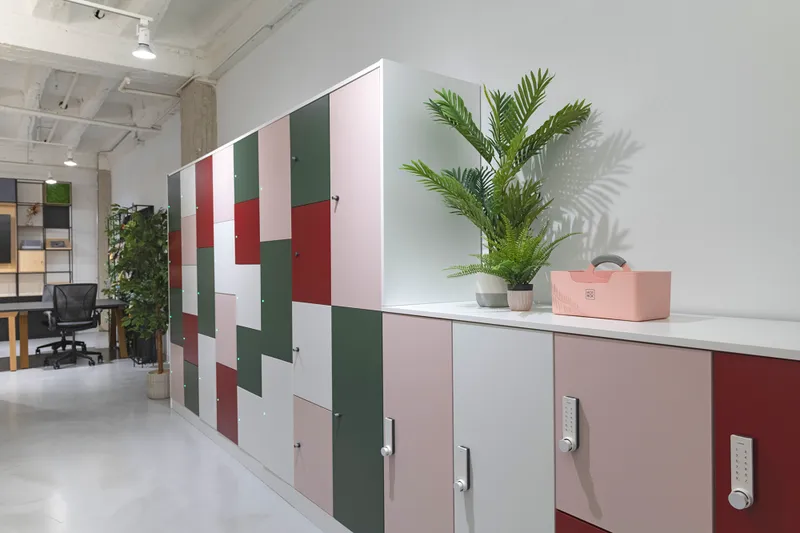

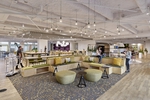

An organic and biophilic office space for leading biopharmaceutical company
LES SCIENCES
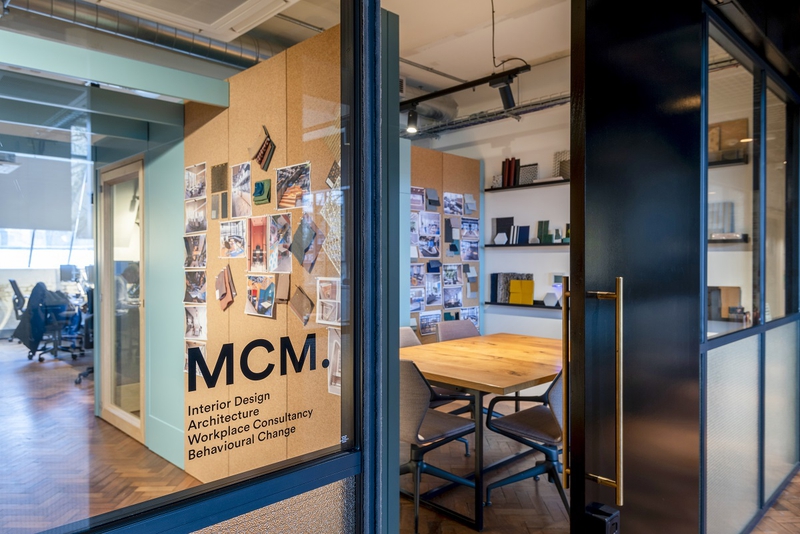
Focusing on flexibility, the new pilot space for leading architecture firm MCM allows experimentation with new ways of …
ARCHITECTURE & CONCEPTION
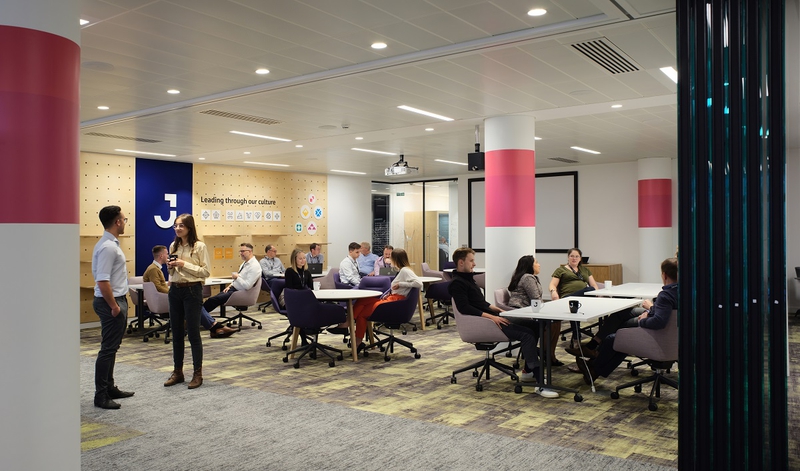
Offering a glimpse into the future of place as they applied their insights, expertise and solutions to new ways of work…
ARCHITECTURE & CONCEPTION, TECHNOLOGIE & INFORMATIQUE